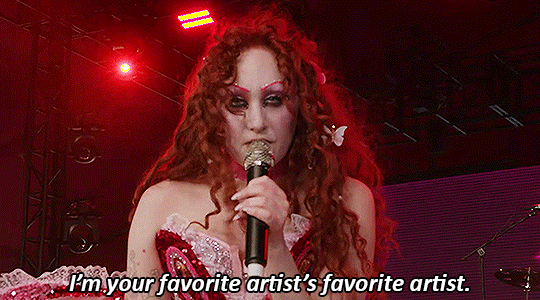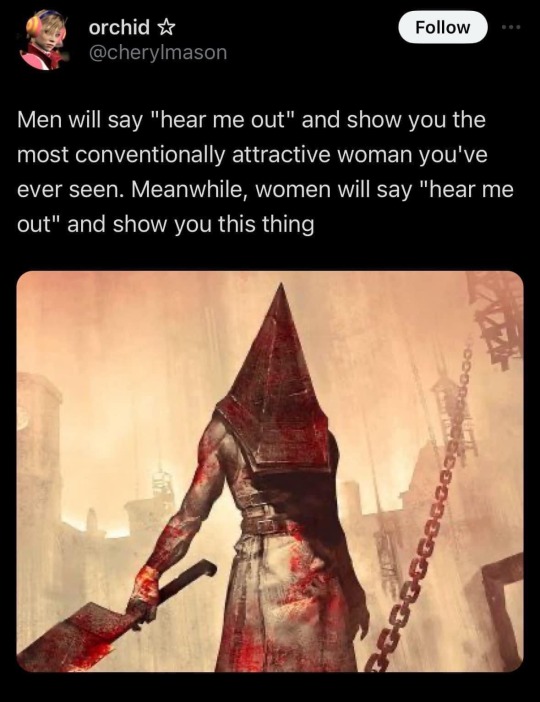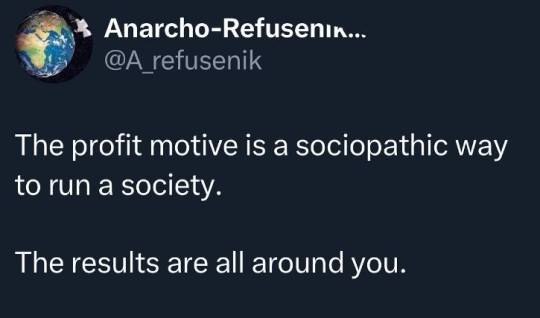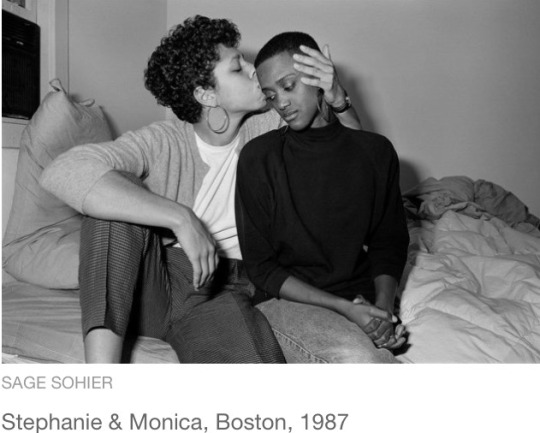Text

The idea of profit in health care. The idea of losing your health care. The idea of children not receiving health care. The idea of medical debt.
We are the ONLY country who legisltates this.
1K notes
·
View notes
Text
https://www.xerces.org/blog/want-to-save-bees-focus-on-habitat-not-honey-bees
Five reasons why honey bees can be a problem
Native plants need native bees. Native bees coevolved with our native plants and often have behavioral adaptations that make them better pollinators than honey bees. For example, buzz-pollination, in which a bee grasps a flower and shakes the pollen loose, is a behavior at which bumble bees and other large-bodied native bees excel, and one that honey bees lack.
Honey bees are sub-par pollinators. The way that honey bees interact with flowers means that they sometimes contribute little or nothing to pollination. Honey bees groom their pollen and carry it in neat pollen cakes, where it’s less likely to contact the stigma of another flower and pollinate it. They are also known “nectar robbers” of many plants, accessing their nectar in a way that means they don’t touch the pollen, often by biting a hole in the base of the flower. By contrast, many of our native bees tend to be messier, carrying pollen as dry grains, often all over their bodies where it’s more likely to pollinate the plant.
Hungry hives crowd out native pollinators. Introducing a single honey bee hive means 15,000 to 50,000 additional mouths to feed in an area that may already lack sufficient flowering resources. This increases competition with our native bees and raises the energy costs of foraging, which can be significant. One study calculated that over a period of three months, a single hive collects as much pollen as could support the development of 100,000 native solitary bees!
Honey bees can spread disease. Unfortunately, honey bees can spread diseases to our native bees—deformed wing virus, for example, can be passed from honey bees to bumble bees—and can also amplify and distribute diseases within a bee community.
Urban honey bee hive densities are often too high. There is growing evidence of negative impacts in towns and cities from the presence of honey bees. A recent study from Montreal showed that the number of species of native bees found in an area decreased when the number of honey bees went up. In Britain, the London Beekeepers Association found that some parts of that city had four times as many hives as the city’s gardens and parks could support. The conservation organization Buglife recommends creating two hectares (five acres) of habitat for each hive, several times the size of an average residential lot in the United States.
1K notes
·
View notes
Text
another car opinion is that they shouldn't have touch screens
113K notes
·
View notes


























